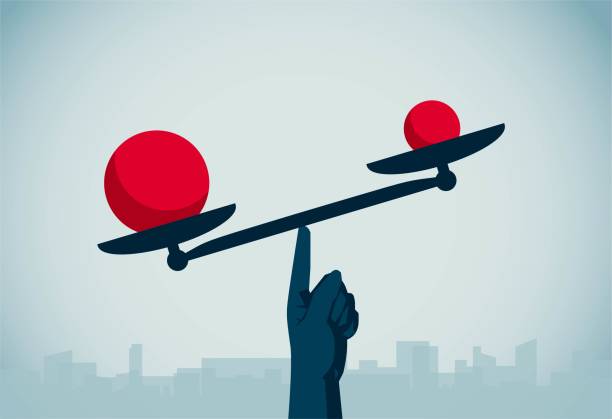What Makes A Great Pricing Leader
Great pricing leaders connect strategy to execution, influence without authority, and drive value.

Pricing is one of the most misunderstood leadership roles in a business. It touches every function — but rarely owns any of them. It’s technical, but not purely analytical. Strategic, but operationally messy. High-stakes, but often under-resourced.
And that makes it hard to hire for.
We’ve placed hundreds of pricing leaders. The best ones don’t fit a single mold — but there are clear patterns in how they operate, what they prioritize, and how they lead.
This article unpacks what sets those leaders apart — not in abstract qualities like “strong communication” or “strategic mindset,” but in the real-world behaviors we see over and over in top performers.
They Translate — Not Just Calculate
High-impact pricing leaders are interpreters. They don’t just model scenarios or pull reports.
They explain why the margin dropped last quarter in a way that makes sense to sales, finance, and product — and they help each group see what to do next.
They know the difference between insight and information. They don’t flood the business with data. They filter it, shape it, and connect it to decisions that matter. And when they’re in the room with execs, they don’t talk like a function — they talk like a partner.
They Influence Without Owning
Pricing rarely owns the P&L, the forecast, or the revenue number — and great leaders don’t waste time wishing they did. Instead, they focus on building trust with the people who do.
They succeed by guiding, not enforcing. That means shaping quote logic that sales will actually use, building guardrails that finance will support, and embedding insight where product teams will actually see it. Influence in pricing is earned, not assumed — and the best leaders treat it that way.
They Operate at Two Altitudes
Strong pricing leaders can toggle between strategy and execution without losing the thread. One minute, they’re reviewing long-term elasticity trends across customer segments. The next, they’re fixing a CPQ rule that’s leaking discounts.
This dual capability is rare. Many leaders are great in one mode — strategy decks or system flows — but stall when asked to do both. The ones who rise are fluent in both, and they know when to switch gears. They lead with ideas, but they also make sure those ideas show up in the system and in the sales motion.
They Know When to Say No
Not every problem needs a model. Not every quote needs an exception. And not every stakeholder request should be treated like an emergency.
Top pricing leaders are selective. They understand tradeoffs. They build credibility not by saying yes to everything, but by setting smart boundaries — by focusing on the policies, tools, and changes that move margin, not just activity.
This discipline shows up in how they set priorities, scope roadmaps, and structure teams. It’s the difference between a function that’s busy and one that’s effective.
They Build Systems That Outlast Them
In companies where pricing has been reactive for years, fire drills become the norm. The best leaders push the function beyond that — they stabilize it.
They build processes that prevent chaos. They hire people who can scale with the org. They simplify where they can and automate where they should. And they leave behind a function that doesn’t depend on heroics, but on structure.
Final Thought
The best pricing leaders aren’t just technicians or strategists. They’re connectors. They understand how value moves through a business — and they know how to influence where it gets captured.
They can operate in ambiguity, lead without authority, and drive measurable impact across departments. They make the work visible, the logic clear, and the tradeoffs real.
When you find someone who can do that, they’re worth building around.
Recommended For You

How to Spot Pricing Talent When You’re Not a Pricing Expert
Hiring pricing talent without pricing expertise is possible—focus on role-specific skills, real business impact, and situational thinking to assess how candidates drive margins and decisions.

The Hidden Burnout Risk In Pricing Roles
Pricing burnout is real: high conflict, low control—fix it with authority and systems.

Talent Benchmarking for Pricing Roles
Align pricing role scope, title & comp with real market benchmarks before hiring.

The Pricing Analyst's Toolkit
The essential pricing analyst toolkit—and what truly drives impact in the role.

Why Your Pricing Team Can't Be All Strategy Or All Execution
Pricing teams break when strategy and execution are out of balance—here’s how to fix it.

The Pricing Career Ladder - From Analyst To VP and Beyond
Inside the pricing career ladder: what drives growth from analyst to VP


